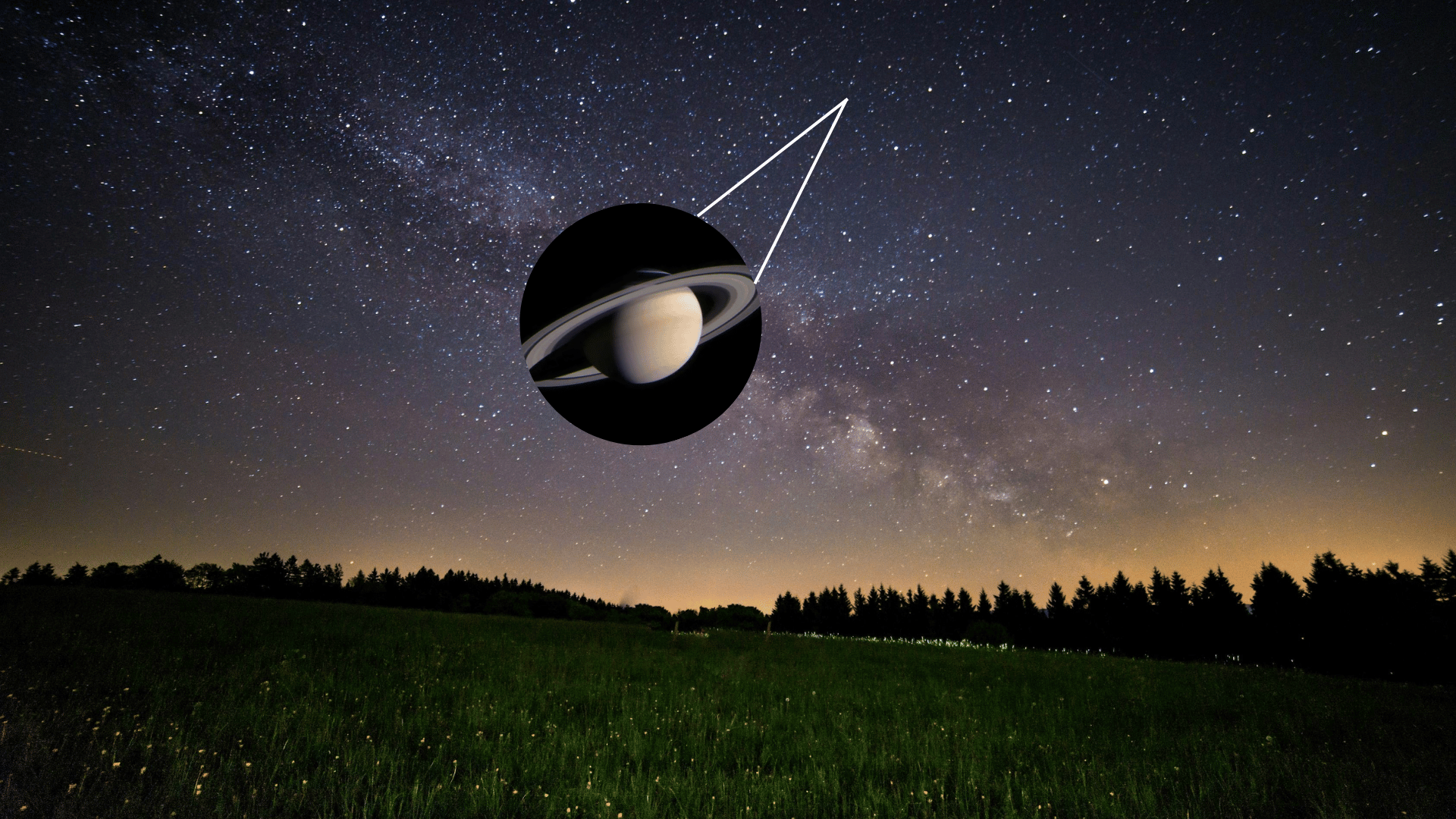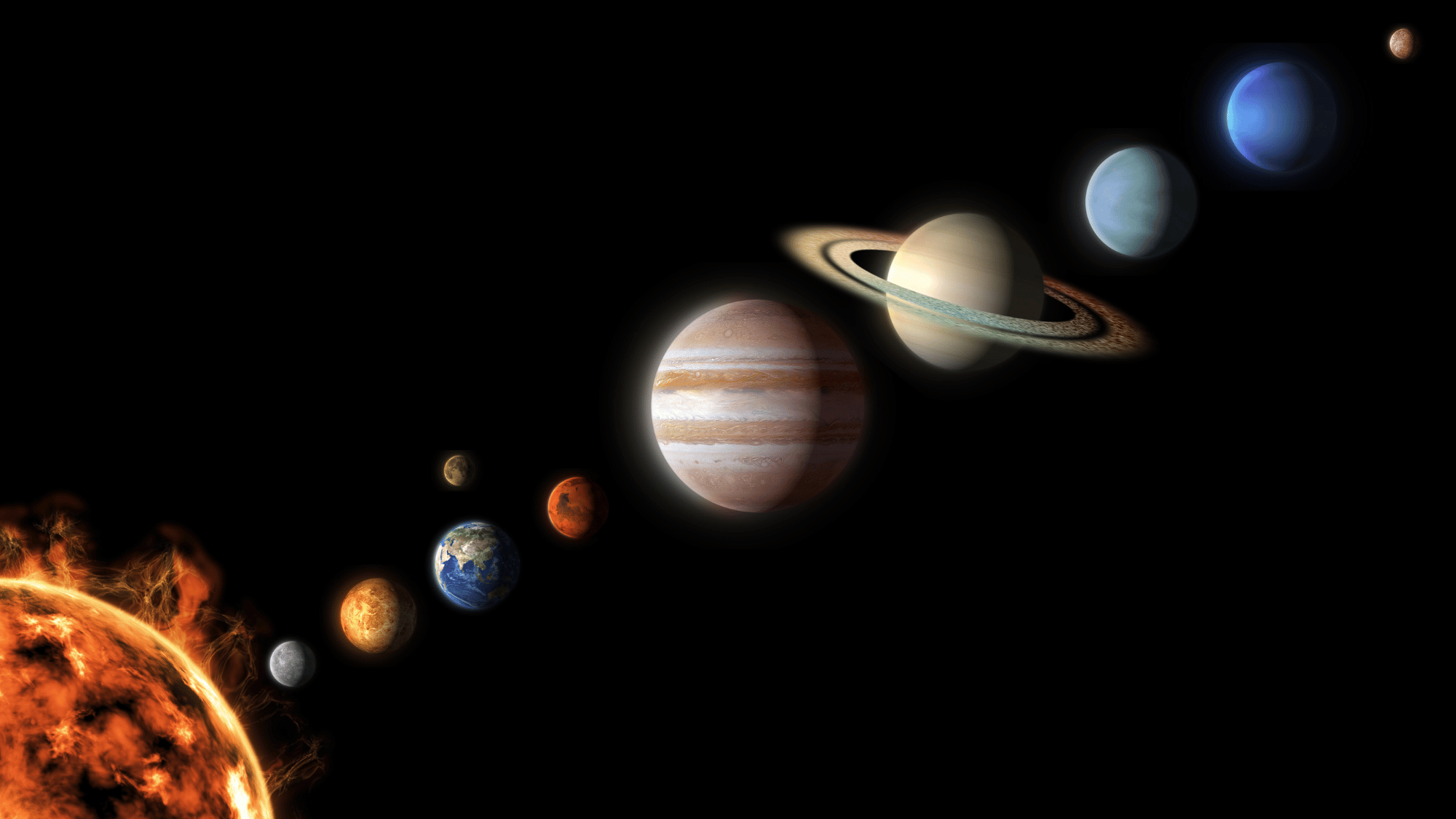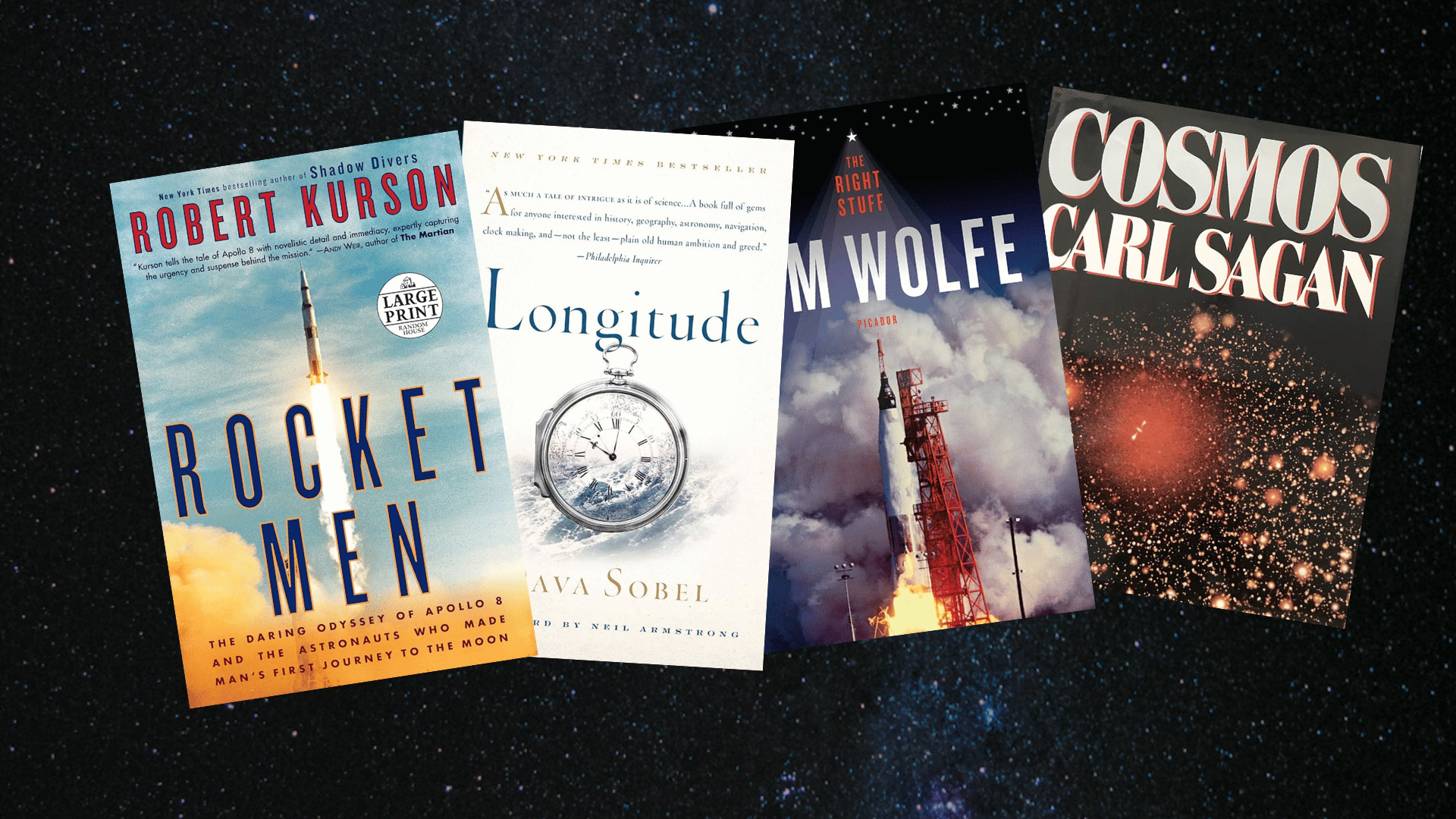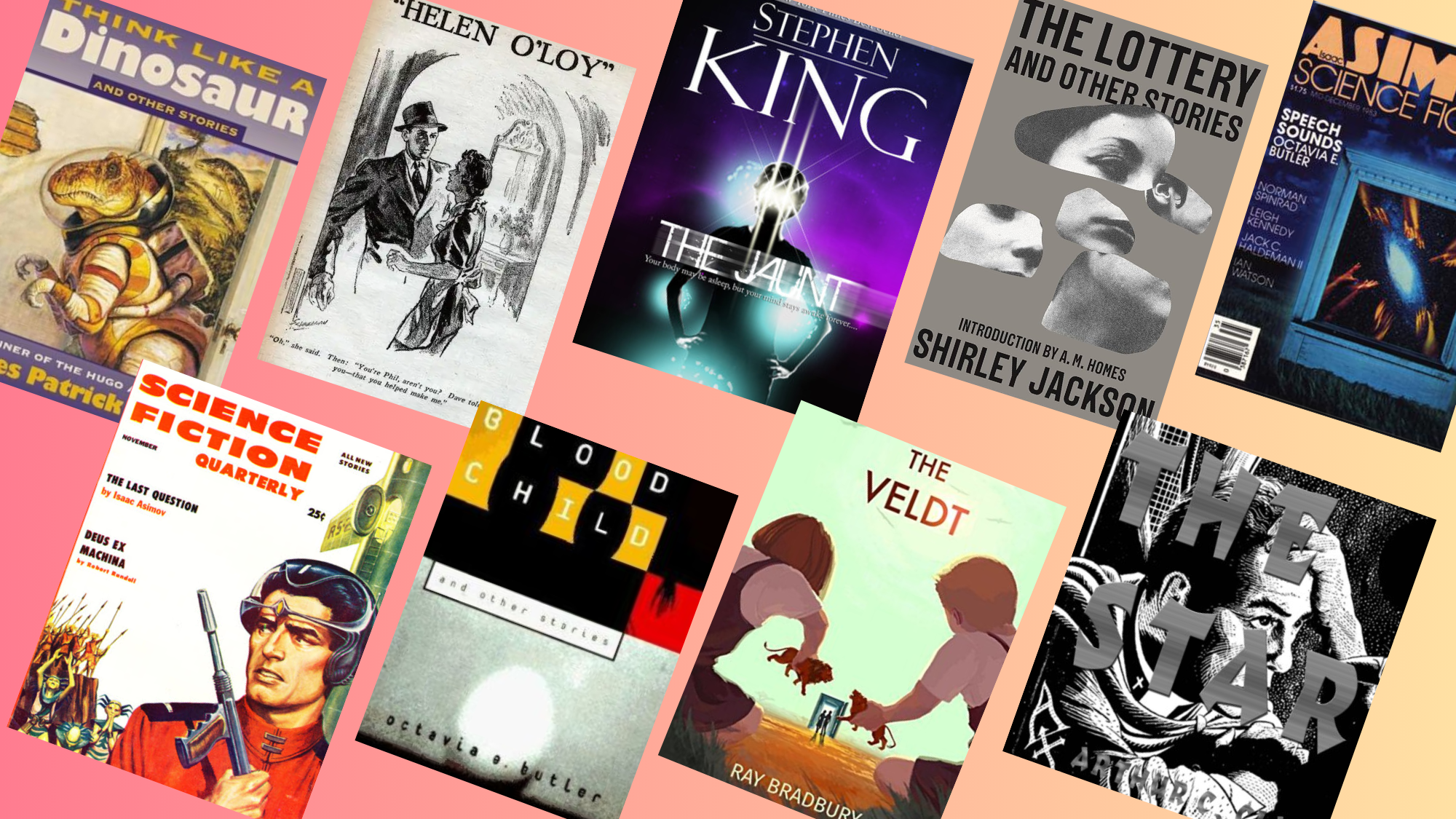You’re not alone! Many people are curious about whether this famous ringed planet is visible to our eyes alone.
The good news is that Saturn has been shining in Earth’s sky for thousands of years, and ancient people watched it move across the stars long before telescopes were invented.
Saturn is actually one of the brightest objects you can see at night. It looks like a golden-yellow star that doesn’t twinkle like other stars do.
While you won’t see its beautiful rings without a telescope, you can definitely find Saturn just by looking up.
In this, we’ll show you exactly how to spot Saturn, when to look for it, and what makes it special in our night sky!
Can you see Saturn with the Naked Eye?
Saturn is among the few planets visible without any equipment, making it an accessible target for skywatchers.
To the unaided eye, it resembles a bright star with a steady golden glow, unlike true stars that often flicker.
Its brightness varies slightly as it moves along its orbit, usually ranging between magnitude +0.7 and +1.2, so it typically stands out against nearby constellations.
Saturn appears as a luminous point of light that shifts position only gradually over successive nights.
Today, anyone under clear, dark skies can look up and spot Saturn unaided, a simple yet remarkable reminder of the solar system’s beauty.
How Binoculars and Telescopes for Better Saturn Viewing
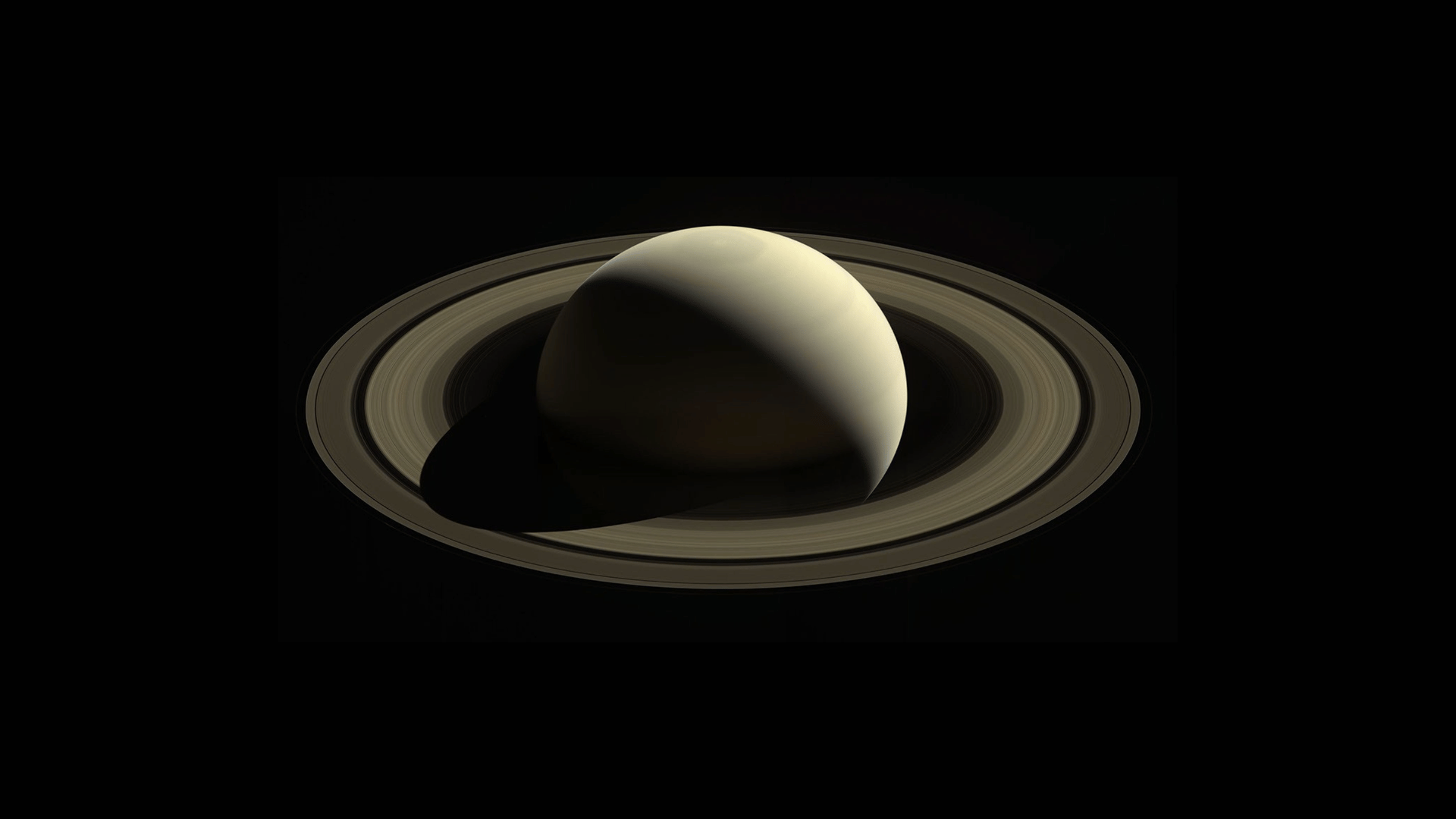
Image Source: NASA Science
To fully appreciate Saturn, basic stargazing isn’t always enough. Binoculars and telescopes bring its rings, moons, and structure into clearer view.
1. Binoculars
With 7×50 or 10×50 binoculars, Saturn transforms from a steady yellowish point into an elongated oval shape.
While you won’t see the rings as separate structures, Saturn appears distinctly non-circular, revealing its unique nature.
Binoculars also show Titan, Saturn’s largest moon, appearing as a faint star-like point near the planet.
For best results, stabilize your binoculars against a solid surface or use a tripod adapter.
This first magnified glimpse of Saturn often inspires observers to pursue larger instruments for more detailed views of this magnificent ringed world.
2. Small Telescopes
Small telescopes (60-100mm aperture) reveal Saturn’s rings as clearly separate from the planet’s body, a truly breathtaking sight.
The Cassini Division, the prominent gap between Saturn’s A and B rings, becomes visible in steady atmospheric conditions with 80-100mm scopes.
You’ll observe Saturn’s oblong globe with hints of subtle banding in its atmosphere. Titan appears easily alongside several smaller moons like Rhea and Tethys.
A 4mm or 6mm eyepiece provides ideal magnification (100-150x).
Even these modest instruments capture the wonder that captivated early astronomers like Galileo and Huygens centuries ago.
3. Medium to Large Telescopes
Medium telescopes (6-8 inches/150-200mm) and large telescopes (10+ inches/250mm+) unveil Saturn’s magnificent complexity.
The Cassini Division becomes prominent, and additional ring divisions may appear during excellent seeing conditions.
Cloud bands cross Saturn’s disk, with occasional storms visible. Multiple moons populate the view up to six or seven simultaneously.
Larger apertures reveal subtle color variations in the rings and Titan’s orange hue. The shadow cast by Saturn on its rings creates stunning three-dimensional depth.
During ring-plane crossings (every 15 years), these telescopes can reveal edge-on rings appearing as a thin line, showcasing Saturn’s dynamic nature.
How to Spot Saturn Easily in the Night Sky
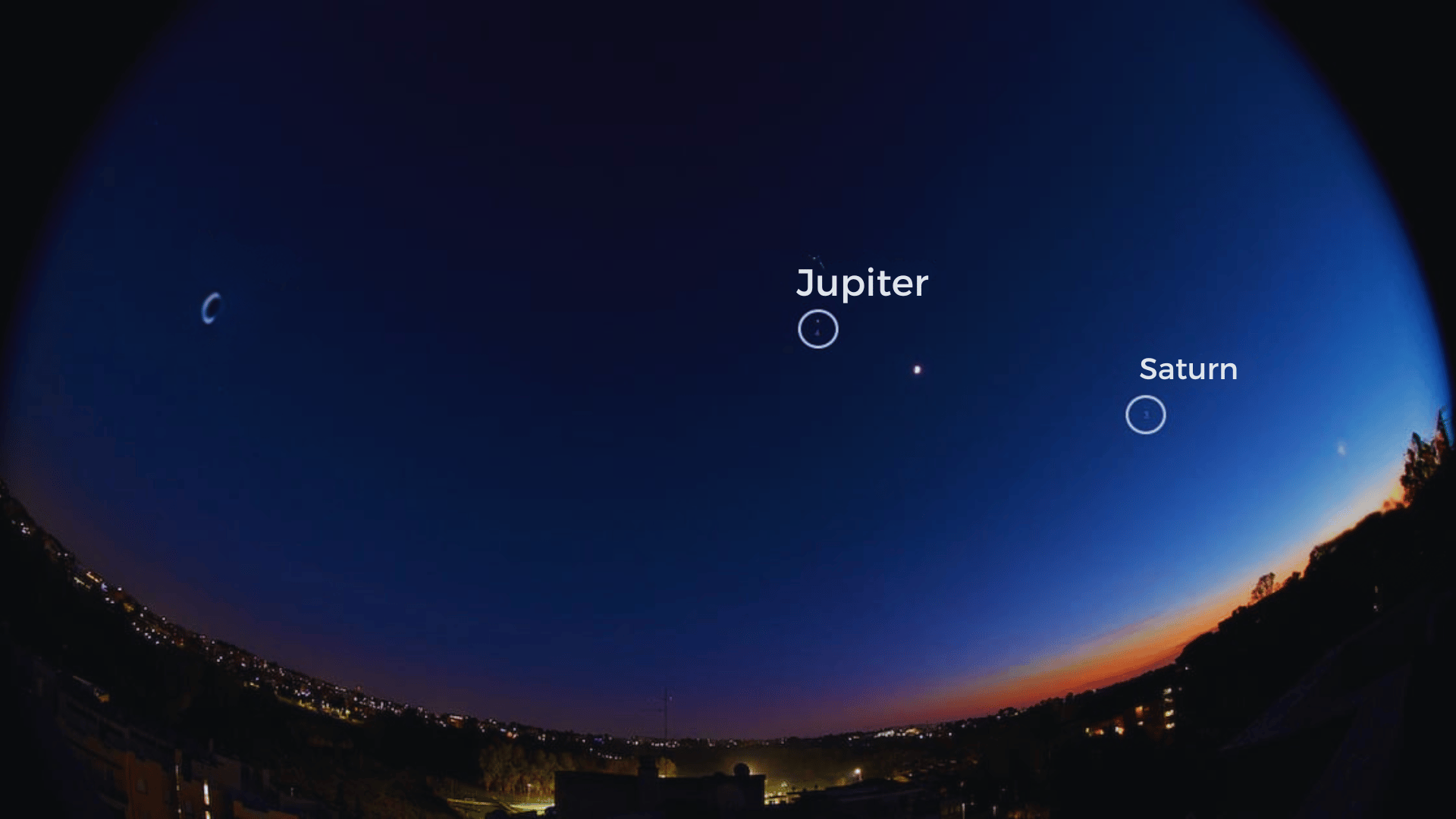
Identifying Saturn in the night sky is easier than you think. It stands out with its golden glow, steady light, and slow movement among constellations.
- Appearance: Saturn looks like a bright, golden-yellow point of light.
- No twinkling: Unlike stars, Saturn shines with a steady glow.
- Brightness: Typically ranges from magnitude +0.7 to +1.2, making it one of the brightest objects in the sky.
- Location: Found near zodiac constellations such as Capricornus, Aquarius, or Pisces (changes by season/year).
- Opposition: Saturn is easiest to spot during opposition, when it is closest to Earth and fully illuminated by the Sun.
- Movement: Appears fixed among stars nightly but shifts slowly across constellations over weeks and months.
- Tools: Stargazing apps, star charts, or planetarium software can help confirm its position
When is the Best Time to View Saturn?
The best time to view Saturn in 2025 centers around its opposition on September 21.
Earth sits directly between Saturn and the Sun on this date, making the planet closest, brightest, and visible all night long.
The new moon on the same day ensures a dark sky without moonlight interference. Saturn remains visible for several months surrounding opposition throughout September and October.
A rare triple conjunction with Neptune occurs on June 29 and August 6, 2025, plus February 16, 2026.
These dates offer unique viewing opportunities for enthusiasts with telescopes or binoculars to spot both planets together.
Saturn’s Role in Astronomy and Culture
For thousands of years, Saturn has held humanity spellbound both as a mysterious wandering light in the heavens and as a powerful symbol across civilizations.
Astronomy
As the most distant planet visible to ancient civilizations, it challenged early astronomical models with its slow 29.5-year orbit through the zodiac.
Galileo’s 1610 telescopic observations revealed its mysterious appearance, which was later solved by Huygens, who identified the rings in 1655.
The Cassini mission, with its 13-year study of Saturn, revealed active moons such as Enceladus that may harbor subsurface oceans. These discoveries broadened the search for life.
Culture
Saturn holds deep cultural significance across civilizations. The Ancient Romans named it after their god of agriculture and time, Saturn, celebrating the festival of Saturnalia.
In Vedic astrology, Saturn (Shani) represents discipline, karma, and life lessons, profoundly influencing Hindu practices.
From ancient mythology to contemporary symbolism, Saturn continues to inspire art, literature, and spiritual contemplation worldwide.
Tips for Beginner Stargazers to Spot Saturn Easily
Getting started with stargazing can feel overwhelming, but a few simple practices make spotting Saturn much easier.
- Wait 20-30 minutes in darkness for your eyes to fully adjust and use only red lights to preserve your night vision.
- Learn constellations with your naked eye or binoculars first before investing in expensive telescope equipment.
- Drive 30-60 minutes away from cities to escape light pollution and reveal dramatically more stars overhead.
- Plan your dark-sky viewing sessions during the new moon when the sky is darkest and faint stars shine brightest.
- Master one constellation like the Big Dipper or Orion first, then use it as your anchor to find nearby constellations.
- Practice regularly, even if just briefly each week, and keep a journal to track your progress over time.
Conclusion
So, can you see Saturn with the naked eye? Absolutely! Saturn shines brightly enough for anyone to spot it without special equipment.
You don’t need expensive telescopes or binoculars to find it, just your eyes, a clear night, and a little patience.
While you won’t see Saturn’s famous rings without a telescope, spotting it as a steady, yellowish point of light is still an amazing experience.
Head outside after sunset to find out where Saturn is tonight, and look for that bright golden star that doesn’t twinkle. Happy stargazing!



